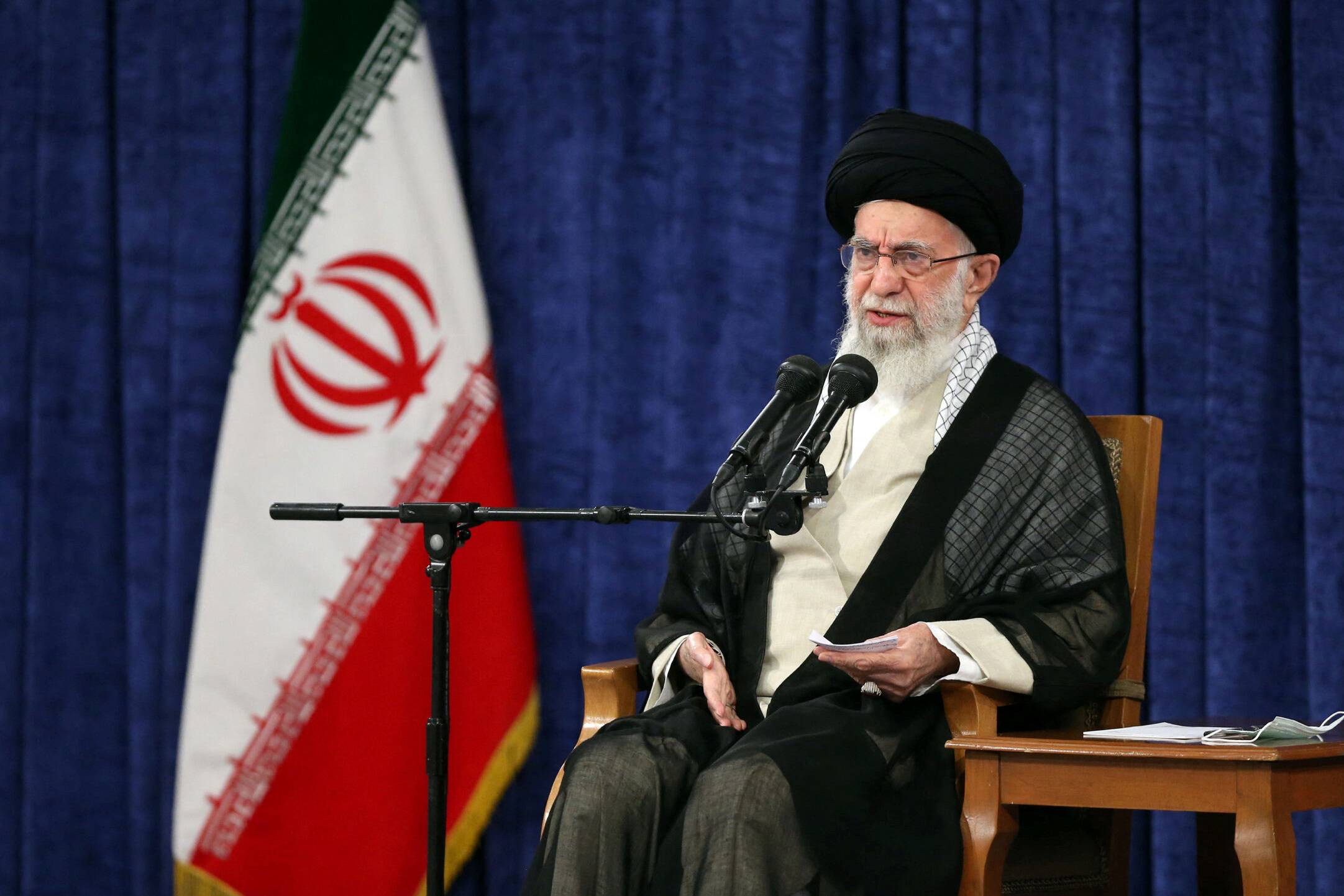The nationwide protests in Iran over women’s rights and abuses by the religious morality police have once again shined a light on the country’s ruling clerical class and the seemingly limitless powers of the supreme leader, Ayatollah Ali Khamenei.
The Islamic Republic of Iran has a two-tier government. The first tier, ostensibly representing the sovereignty of the people, includes a president who serves as the executive of a highly centralized state, a parliament charged with creating and debating laws and a judiciary that vets and interprets those laws. The second tier, representing the sovereignty of God, consists of just one man: the supreme leader, or Faqih.
The Faqih has an absolute monopoly over state power. He appoints the head of the judiciary and can dismiss the president at will. He is the commander-in-chief of the army and he can veto any law passed by parliament. The office is both anachronistic and utterly unique, allowing for the institutionalization of clerical control over all aspects of government.



















With your current subscription plan you can comment on stories. However, before writing your first comment, please create a display name in the Profile section of your subscriber account page.